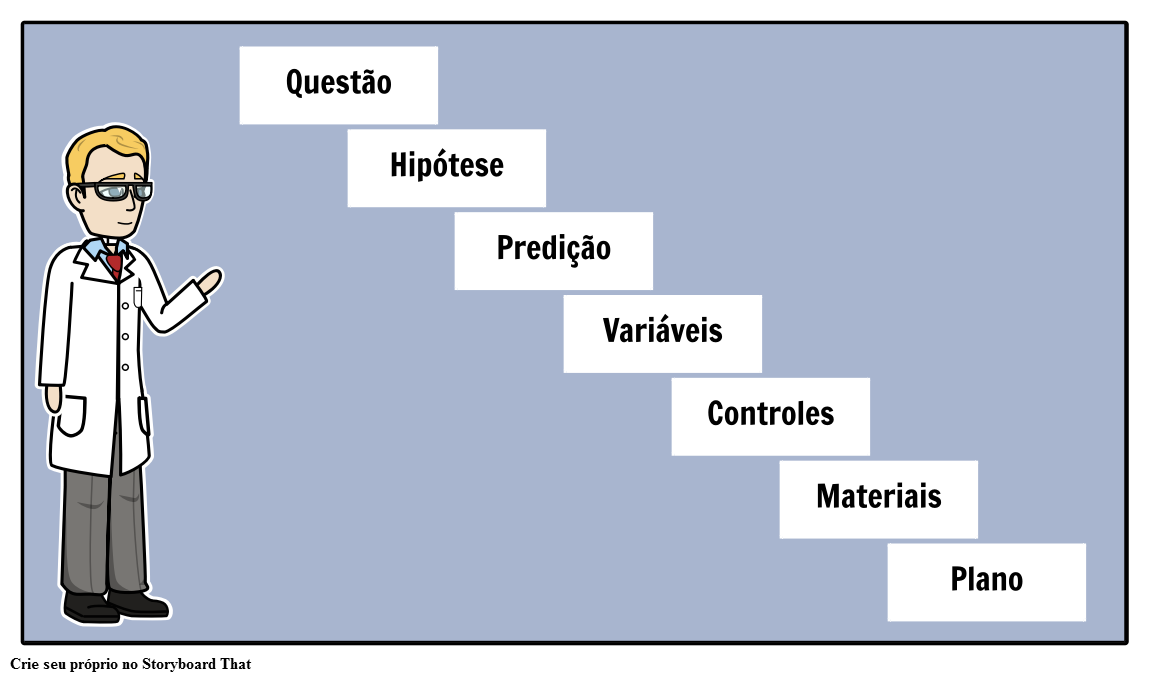Table Of Content
An alternative to simple random assignment of participants to conditions is the use of a matched-groups design. Using this design, participants in the various conditions are matched on the dependent variable or on some extraneous variable(s) prior the manipulation of the independent variable. This guarantees that these variables will not be confounded across the experimental conditions.

Types of Experimental Design
In a Sequential Design, the experiment is broken down into smaller parts, or "sequences." After each sequence, researchers pause to look at the data they've collected. Based on those findings, they then decide whether to stop the experiment because they've got enough information, or to continue and perhaps even modify the next sequence. In terms of applications, Stepped Wedge Designs are commonly used in public health initiatives, organizational changes in healthcare settings, and social policy trials. They are particularly useful in situations where an intervention is being rolled out gradually and it's important to understand its impacts at each stage.
XI. Chapter 11: Presenting Your Research
This video discusses the need for samples that are representative of a population of interest. In particular, we discuss some severe consequences for society that have arisen due to experiments that use unrepresentative samples. Therefore, our treatment of experimental design assumes some prior knowledge. For both criteria, numerical heuristics are used in the optimization but they do not guarantee a global optimum.
Science under Surveillance: Journals adopt advanced AI to uncover image manipulation
A good experimental design requires a strong understanding of the system you are studying. Our treatment of experimental design addresses recommendations in recent literature with respect to designing experiments that use animal models. That said, our content applies to experiments in biology, generally (e.g., physiology, ecology, evolution), beyond the use of animal models.
Order effects
Use of random counterbalancing will result in more random error, but if order effects are likely to be small and the number of conditions is large, this is an option available to researchers. So far, we have described optimal designs conceptually but have not discussed the details of how to construct them or how to analyze them5. Specialized software to construct optimal designs is widely available and accessible. To analyze the designs we’ve discussed—with continuous factors—it is necessary to use regression2 (rather than ANOVA) to meaningfully relate the response to the factors.
Step 3: Design experimental treatments to manipulate your independent variable
A Multivariate Design would help you understand how all these factors work together to determine whether you win or lose. Instead of selecting individual students, you'd introduce the program to a whole school or maybe even several schools, and then compare the results to schools without the program. This approach is especially common in educational and community-based research, and it's been gaining traction since the late 20th century.
Deep Bayesian experimental design characterizes large-scale quantum systems – Physics World - physicsworld.com
Deep Bayesian experimental design characterizes large-scale quantum systems – Physics World.
Posted: Tue, 02 Jan 2024 08:00:00 GMT [source]
For instance, if you've ever heard of studies that describe how people behave in different cultures or what teens like to do in their free time, that's often Non-Experimental Design at work. These studies aim to capture the essence of a situation, like painting a portrait instead of taking a snapshot. Non-Experimental Design has always been a part of research, especially in fields like anthropology, sociology, and some areas of psychology. In a Non-Experimental Design, researchers are like reporters gathering facts, but they don't interfere or change anything. The beauty of Meta-Analysis is that it can provide really strong evidence. Instead of relying on one study, you're looking at the whole landscape of research on a topic.
Pretest-Posttest Design
This helps them understand not just what's happening, but why it's happening and how it changes over time. And speaking of success, the factorial design has been a hit since statisticians like Ronald A. Fisher (yep, him again!) expanded on it in the early-to-mid 20th century. It offered a more nuanced way of understanding the world, proving that sometimes, to get the full picture, you've got to juggle more than one ball at a time. In the world of experiments, the True Experimental Design is like the superstar quarterback everyone talks about.
Through experimental design, researchers can test hypotheses and make inferences about the population from which the sample was drawn. Experiments are an excellent data collection strategy for social workers wishing to observe the effects of a clinical intervention or social welfare program. Understanding what experiments are and how they are conducted is useful for all social scientists, whether they actually plan to use this methodology or simply aim to understand findings from experimental studies.
Design and Analysis of Experiments Conference comes to Virginia Tech - Virginia Tech
Design and Analysis of Experiments Conference comes to Virginia Tech.
Posted: Thu, 11 Apr 2024 07:00:00 GMT [source]
Imagine, for example, that participants judge the guilt of 10 attractive defendants and 10 unattractive defendants. Instead of having people make judgments about all 10 defendants of one type followed by all 10 defendants of the other type, the researcher could present all 20 defendants in a sequence that mixed the two types. The researcher could then compute each participant’s mean rating for each type of defendant. Or imagine an experiment designed to see whether people with social anxiety disorder remember negative adjectives (e.g., “stupid,” “incompetent”) better than positive ones (e.g., “happy,” “productive”).

The primary distinction we will make is between approaches in which each participant experiences one level of the independent variable and approaches in which each participant experiences all levels of the independent variable. The former are called between-subjects experiments and the latter are called within-subjects experiments. These are pre-experimental research design, true experimental research design, and quasi experimental research design. One is that each participant has an equal chance of being assigned to each condition (e.g., a 50% chance of being assigned to each of two conditions). The second is that each participant is assigned to a condition independently of other participants. Thus one way to assign participants to two conditions would be to flip a coin for each one.
The primary disadvantage of within-subjects designs is that they can result in order effects. An order effect occurs when participants’ responses in the various conditions are affected by the order of conditions to which they were exposed. A carryover effect is an effect of being tested in one condition on participants’ behavior in later conditions. One type of carryover effect is a practice effect, where participants perform a task better in later conditions because they have had a chance to practice it.

No comments:
Post a Comment